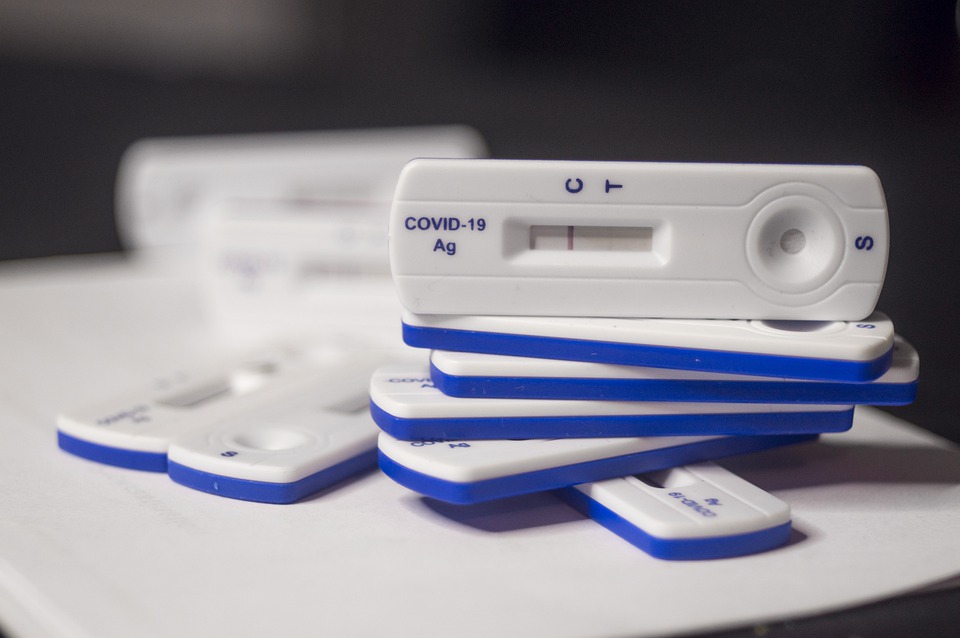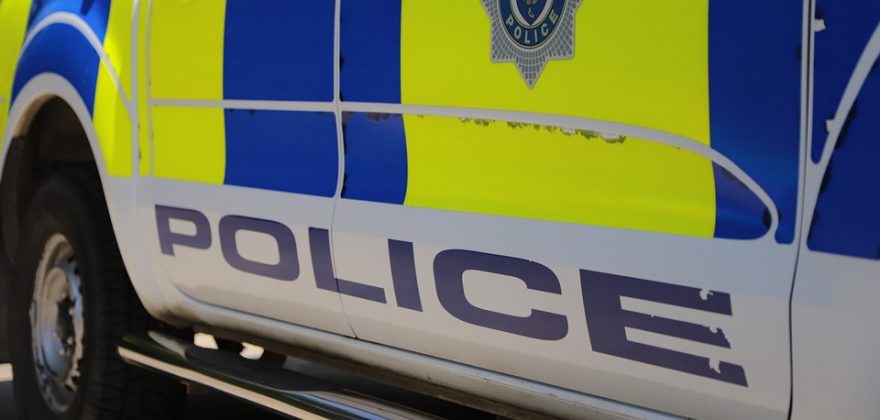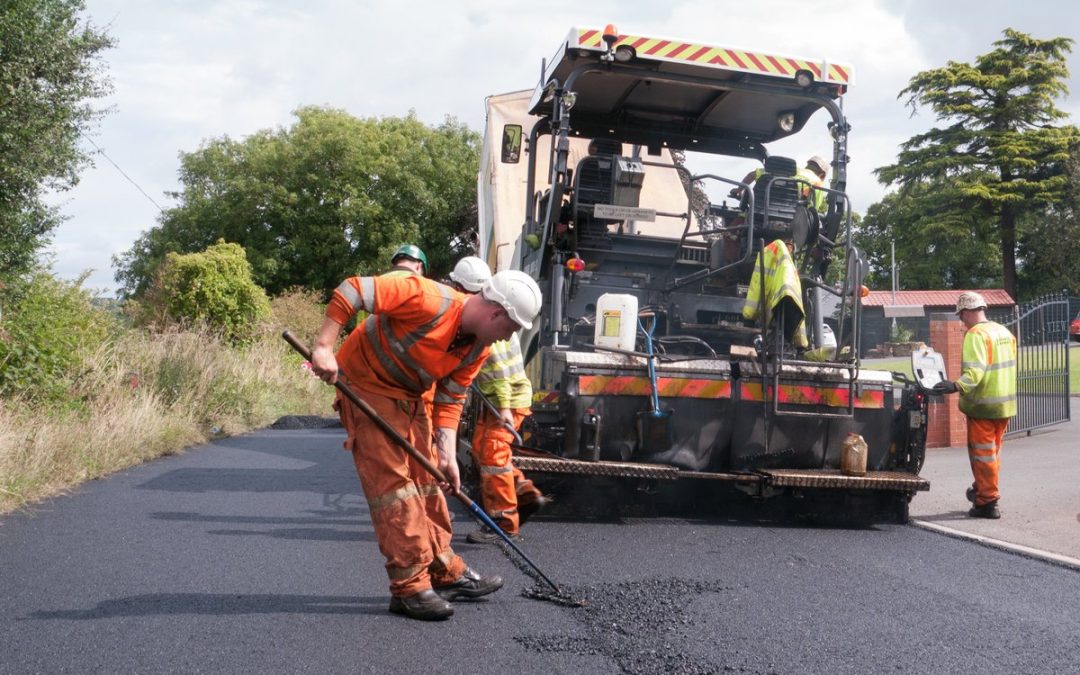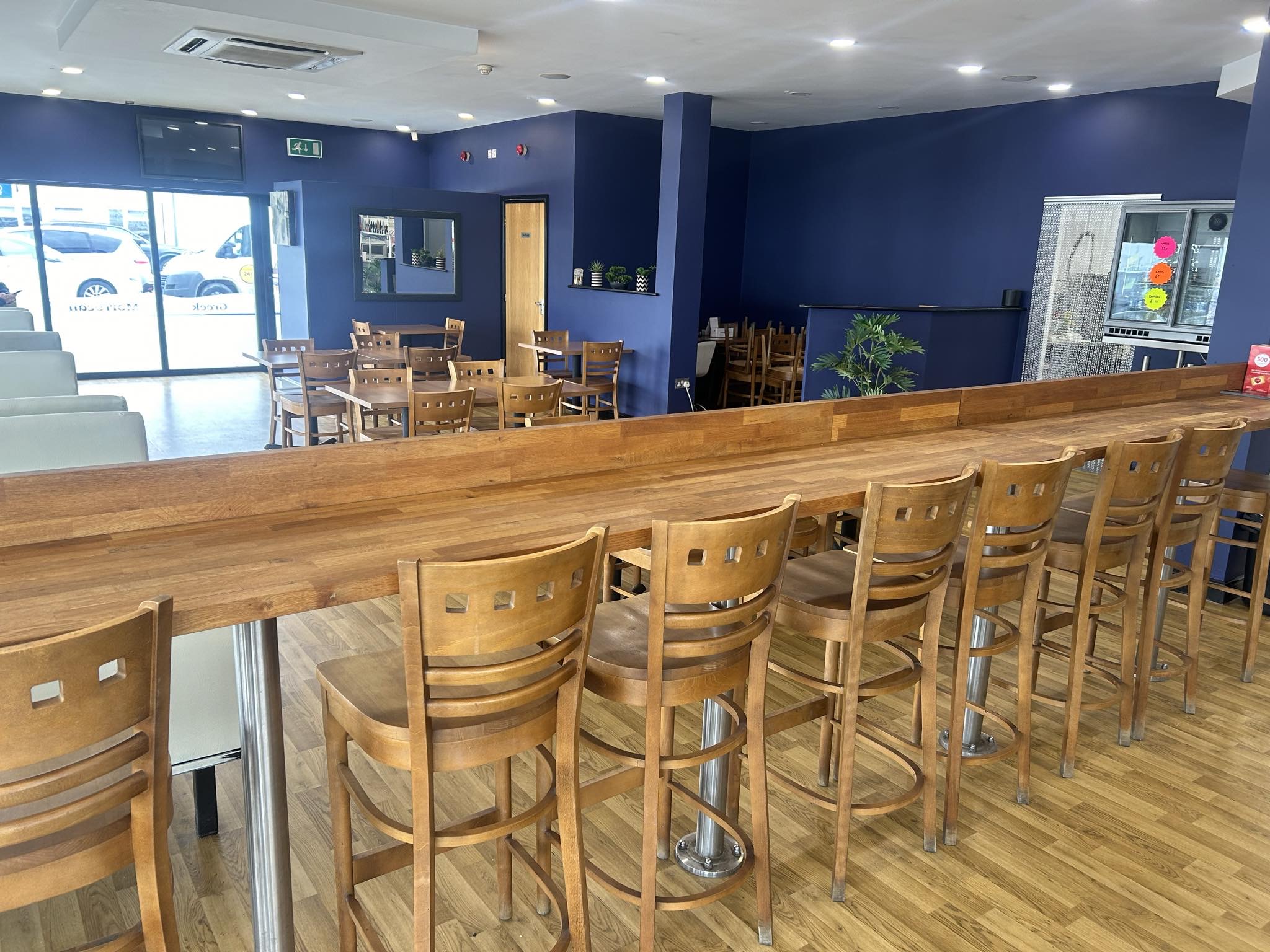From 11 January in England, people who receive positive lateral flow device (LFD) test results for coronavirus (COVID-19) will be required to self-isolate immediately and won’t be required to take a confirmatory PCR test.
This is a temporary measure while COVID-19 rates remain high across the UK. Whilst levels of COVID-19 are high, the vast majority of people with positive LFD results can be confident that they have COVID-19.
Lateral flow tests are taken by people who do not have COVID-19 symptoms. Anyone who develops 1 of the 3 main COVID-19 symptoms should stay at home and self-isolate and take a PCR test. They must self-isolate if they get a positive test result, even if they have had a recent negative lateral flow test – these rules have not changed.
The new approach reflects similar changes made this time last year in January 2021, when there was also a high prevalence of infection meaning it was highly likely that a positive LFD COVID-19 result was a true positive. This meant confirmatory PCRs were temporarily paused and reintroduced in March 2021 following a reduction in prevalence.
The UK’s testing programme is the biggest in Europe with over 400 million tests carried out since the start of the pandemic. Since mid-December, 100,000 more PCR booking slots have been made available per day and capacity continues to be rapidly expanded, with delivery capacity doubled to 900,000 PCR and LFD test kits a day.
Under this new approach, anyone who receives a positive LFD test result should report their result on GOV.UK and must self-isolate immediately but will not need to take a follow-up PCR test.
After reporting a positive LFD test result, they will be contacted by NHS Test and Trace so that their contacts can be traced and must continue to self-isolate.
There are a few exceptions to this revised approach.
First, people who are eligible for the £500 Test and Trace Support Payment (TTSP) will still be asked to take a confirmatory PCR if they receive a positive LFD result, to enable them to access financial support.
Second, people participating in research or surveillance programmes may still be asked to take a follow-up PCR test, according to the research or surveillance protocol.
Finally, around one million people in England who are at particular risk of becoming seriously ill from COVID-19 have been identified by the NHS as being potentially eligible for new treatments. They will be receiving a PCR test kit at home by mid-January to use if they develop symptoms or if they get a positive LFD result, as they may be eligible for new treatments if they receive a positive PCR result. This group should use these priority PCR tests when they have symptoms as it will enable prioritised laboratory handling.
In line with the reduced self-isolation approach announced on 22 December, anyone who tests positive will be able to leave self-isolation 7 days after the date of their initial positive test if they receive 2 negative LFD results, 24 hours apart, on days 6 and 7.
Rapid lateral flow tests are most useful at identifying COVID-19 in people without any symptoms. The tests are over 80% effective at finding people with high viral loads who are most infectious and most likely to transmit the virus to others.
Analysis by NHS Test and Trace shows LFD tests to have an estimated specificity of at least 99.97% when used in the community. This means that for every 10,000 lateral flow tests carried out, there are likely to be fewer than 3 false positive results. LFD tests identify the most infectious people. These people tend to spread the virus to many people and so identifying them remains important.
Secretary of State for Health and Social Care Sajid Javid said:
We have built a world-leading testing system and our testing capacity is the largest in Europe. This has helped save lives and protect millions of people from COVID-19. It forms a crucial line of defence alongside vaccines and antivirals.
As Omicron cases continue to rise the demand for tests has grown rapidly across the globe. We’re putting plans in place to manage the demand for PCR tests in the UK so we can ensure that those who most need tests can continue to access them.
Chief Executive of UKHSA, Dr Jenny Harries, said:
While cases of COVID-19 continue to rise, this tried-and-tested approach means that LFDs can be used confidently to indicate COVID-19 infection without the need for PCR confirmation.
It remains really important that anyone who experiences COVID-19 symptoms self-isolates immediately. They should also order a PCR test on GOV.UK or by phoning 119.
I’m really grateful to the public and all of our critical workers who continue to test regularly and self-isolate when necessary, along with other practical and important public health behaviours, as this is the most effective way of stopping the spread of the virus and keeping our friends, families and communities safe.
Yesterday the Prime Minister announced the government will provide 100,000 critical workers in England with free lateral flow tests to help keep essential services and supply chains running.
Critical workers will be able to take a test on every working day and the provision of precautionary testing will be for an initial 5 weeks. This will help to isolate asymptomatic cases and limit the risk of outbreaks in workplaces, reducing transmission while COVID-19 cases remain high.
The full range of critical workers have been identified by the relevant departments and government will contact these organisations directly on the logistics of the scheme this week. Roll-out will start from Monday 10 January.
Tests will be separate from public sectors who already have a testing allocation with UKHSA, such as adult social care or education, and separate to those delivered to pharmacies and homes, so those channels will not be impacted by the new scheme.
The Government are now distributing around 600,000 packs of LFD tests (each containing 7 tests) on GOV.UK directly to homes every day (more than 50% higher than last week).
Contains public sector information licensed under the Open Government Licence v3.0.




